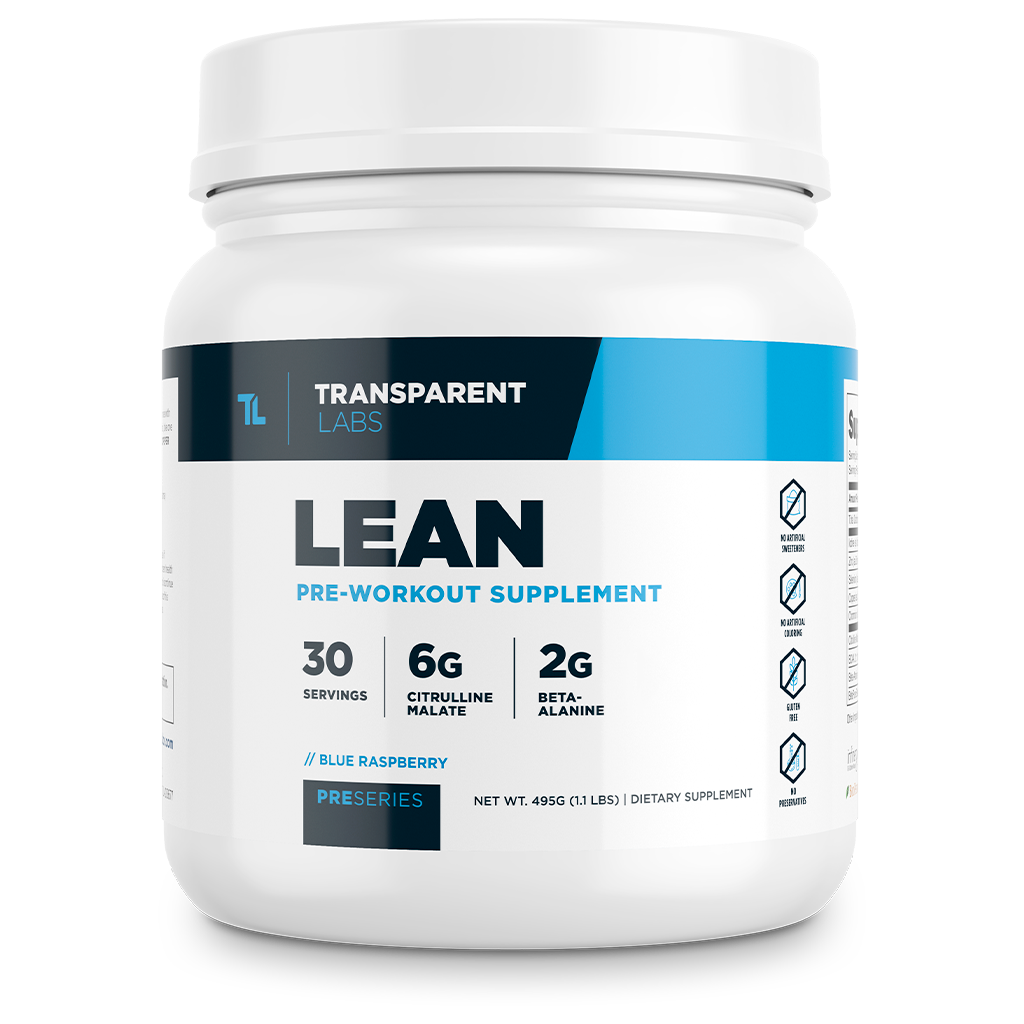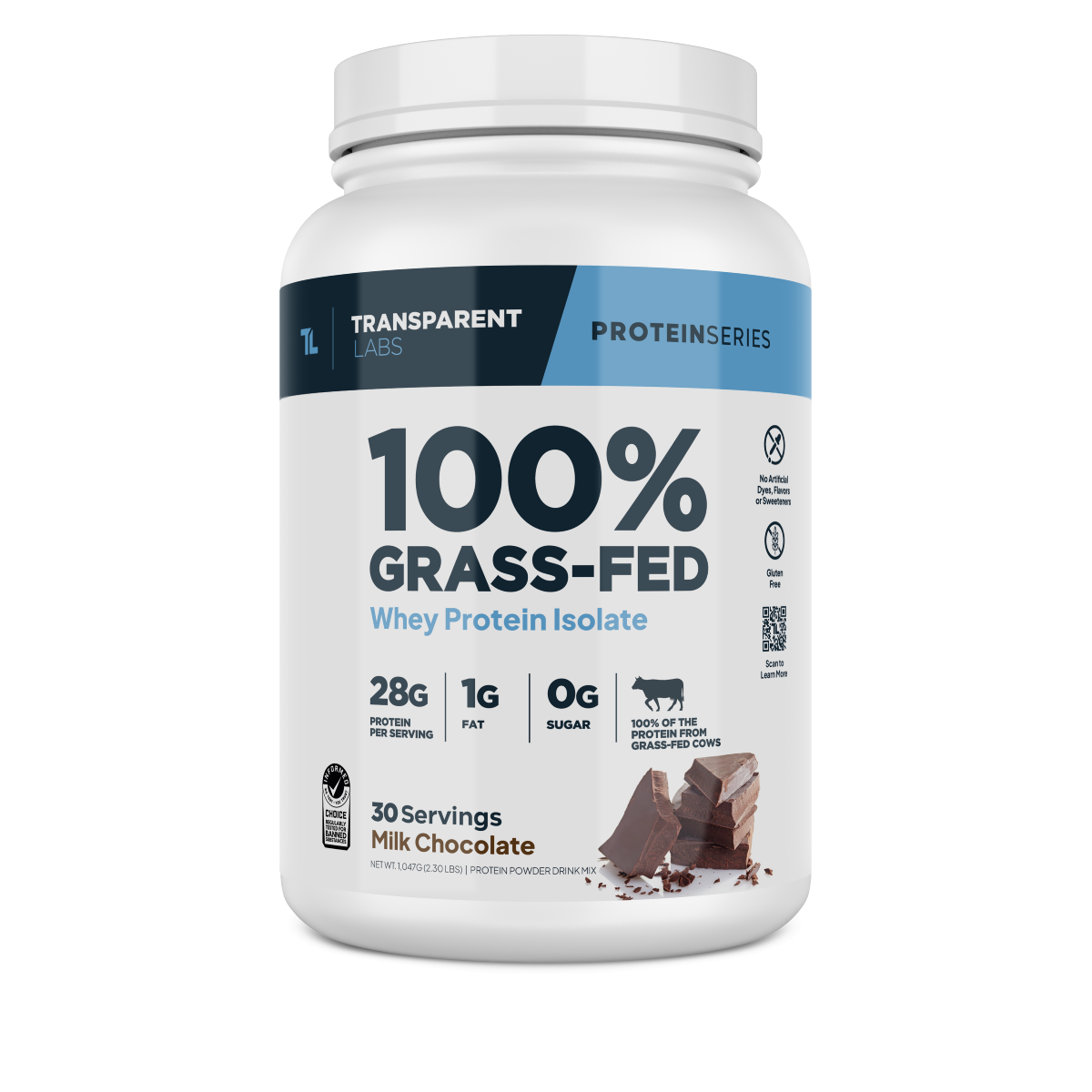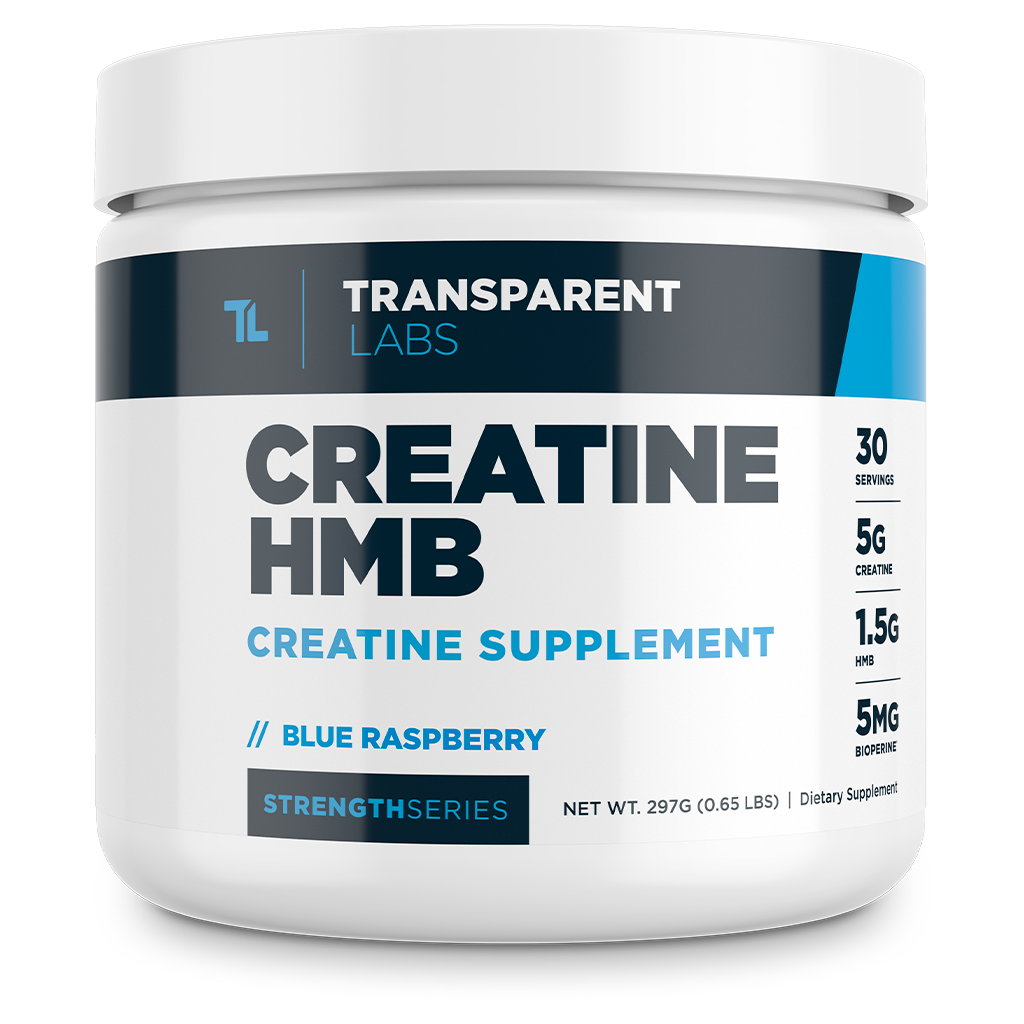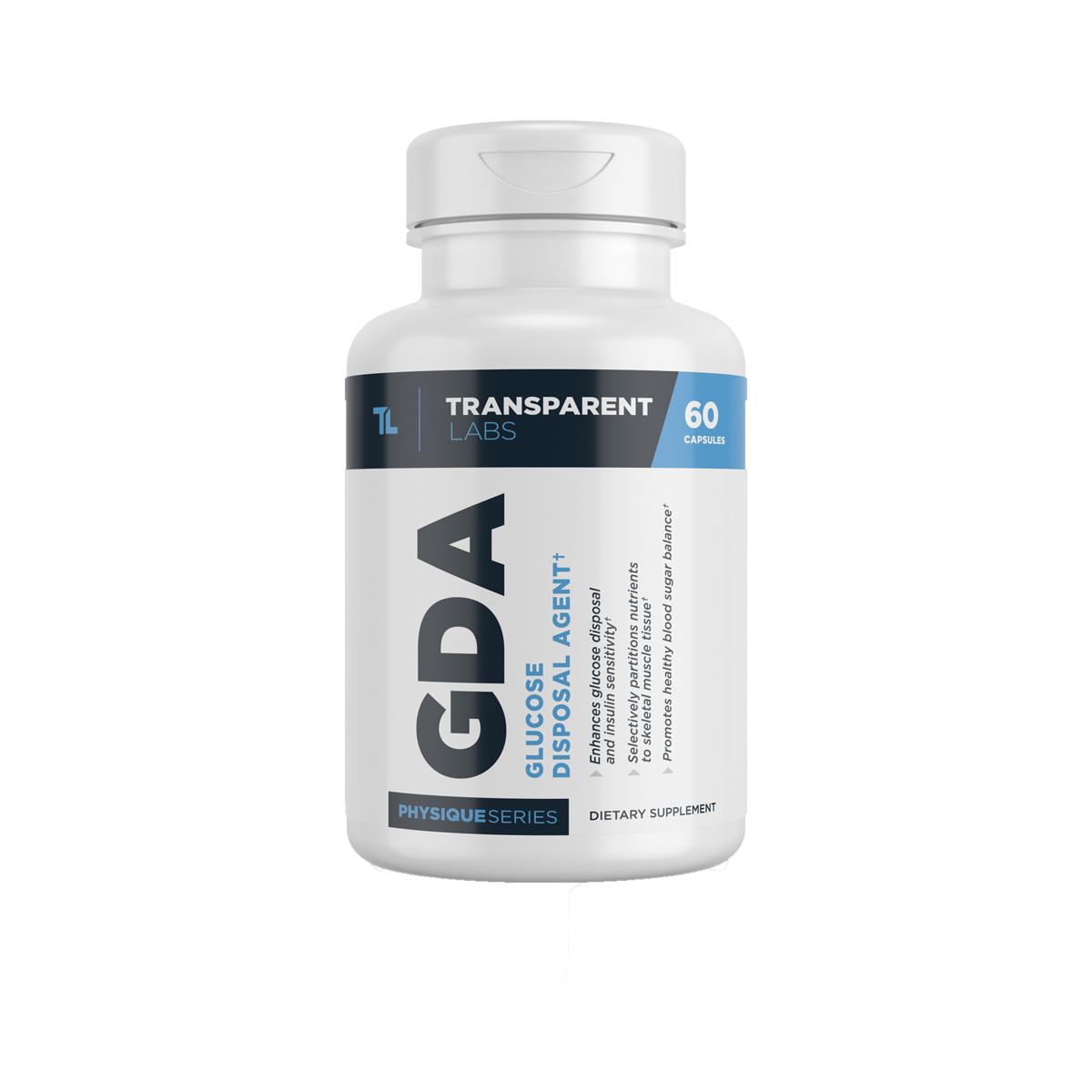Best Ashwagandha Powder: KSM-66® vs Sensoril®

Ashwagandha (Withania somnifera) is arguably the most versatile adaptogenic herb known to man. A recent research review of preclinical and clinical trials suggests that the benefits of ashwagandha include [1]:
- Reducing stress and fighting anxiety
- Easing inflammation and oxidative stress
- Enhancing mood and mental performance
- Promoting healthy metabolic, endocrine, and immune function
Naturally, “biohackers” and health enthusiasts alike are keen to add ashwagandha to their supplement stash, but what’s the best ashwagandha powder to take?
Supplement companies often claim that their product has the best ashwagandha powder on the market, when in reality they use inferior generic extracts that have a low amount of beneficial bioactive constituents.
Regardless if you’re using ashwagandha for anxiety, enhancing mood, or other purposes, the quality of your ashwagandha supplement can make or break your results.
To help you navigate this unfamiliar territory, this article will break down which ashwagandha powder is best and how to use it effectively.
What is the Best Ashwagandha?

In reality, picking the best ashwagandha supplement boils down to the purity, potency, and form of herbal extract you use. The two most popular forms of ashwagandha are ethanolic extracts (i.e. tinctures) and powders/capsules.
When looking for the best ashwagandha powder, the prudent options are one of the popular trademarked ashwagandha ingredients: KSM-66® ashwagandha and Sensoril® ashwagandha.
However, even these two ingredients are notably different, and deciding which one is the best ashwagandha powder isn’t as clear-cut as you might presume.
KSM-66® vs Sensoril®: Which is the Best Ashwagandha Powder?
Transparent Labs KSM-66® ashwagandha capsules contain organic root extract of Withania somnifera made by Ixoreal Biomed, an India-based company that specializes in ashwagandha exclusively. In fact, Ixoreal Biomed has its own private ashwagandha farms located in Rajasthan, India, which they claim is the most suitable terrain for growing the best ashwagandha due to the climate and soil quality.
In addition, Ixoreal Biomed’s manufacturing facility is certified Current Good Manufacturing Practices (cGMP) and follows US Food and Drug Administration (FDA) compliance protocols with a methodical step-by-step process flow that averts contamination and spoilage of the ashwagandha plants.
Ixoreal Biomed claims that KSM-66® has the highest concentration of all the major root bioactive compounds found in ashwagandha. KSM-66® ashwagandha even won the Sports Nutrition Ingredient of the Year for 2018 at a sports supplement expo in Asia.
Moreover, KSM-66® ashwagandha has been studied in over 20 human clinical trials. The findings of these studies demonstrate the compelling benefits of KSM-66® for human health and longevity, especially with regard to anxiety, stress, and cognitive function.
But is KSM-66® definitively the best ashwagandha powder on the market?
Is Sensoril® Ashwagandha Better than KSM-66®?
Make no mistake that KSM-66® ashwagandha is a top-notch ashwagandha powder. However, Sensoril® ashwagandha may just take the cake as the best ashwagandha powder because it contains both root and leaf extracts of Withania somnifera.
Sensoril® ashwagandha powder also contains a greater total concentration of biologically active constituents, containing 10% (or greater) withanolides; KSM-66 ashwagandha powder is standardized to contain 5% (or greater) withanolides and doesn’t include any ashwagandha leaf constituents.
This means you’re getting twice the amount of beneficial constituents by using Sensoril® as opposed to KSM-66®.
It’s also noteworthy that both KSM-66 and Sensoril are soluble in water and have neutral tastes, unlike most generic ashwagandha powders which are notoriously acrid, unpalatable, and clunky in solution.
Curiously, Ixoreal Biomed touts that their ashwagandha has negligible levels of withaferin-A because it’s “widely recognized as a cytotoxic compound.” This seems to be a conflicting statement with the claim that their ashwagandha is a “bioavailable full-spectrum root extract” because withaferin-A is ostensibly the most beneficial and biologically active of all the withanolides in Withania somnifera (2).
But yes, Ixoreal Biomed is right: withaferin-A is cytotoxic...to cancer cells (3, 4).
In other words, withaferin-A appears to protect against cancer and tumor progression, so why would you want to remove it from the equation?
Natreon - the company that produces Sensoril® - makes it patently clear on their website that withaferin-A is in their ashwagandha extract; obviously, they have done their research.
Ashwagandha Leaf vs. Ashwagandha Root: What’s the Difference?
Similar to the roots of ashwagandha, the leaves of the plant are a dense source of steroidal lactones (i.e. withanolides), alkaloids, and antioxidants. Numerous studies have shown that ashwagandha tinctures made with ashwagandha leaf extracts can help protect normal human cells from toxic/carcinogenic environmental compounds and even inhibit oxidative stress damage to brain cells, thereby defending against neurodegenerative diseases (5, 6, 7).
The leaves of ashwagandha have a comparatively high amount of withanone and withaferin-A, the two constituents that are responsible for these benefits. Thus, it seems befitting that the best ashwagandha supplements are those that use a combination of both ashwagandha root and ashwagandha leaf extracts.
Ashwagandha Tinctures vs. Ashwagandha Powders

Ashwagandha tinctures are an up-and-coming niche within the adaptogenic herb realm. A tincture is simply a solution that uses alcohol (usually ethanol) as the solvent. Since the constituents of ashwagandha are polar molecules, they are readily soluble in polar solvents like water and alcohol.
A major advantage of ashwagandha tinctures is that they absorb quicker than ashwagandha powders and they can be taken sublingually to further enhance bioavailability.
Most people who use ashwagandha tinctures notice that the calming and cognitive benefits kick in after the first dose, whereas ashwagandha capsules and powders have a more latent effect that takes hours (or even days) to become noticeable.
This is why ashwagandha tinctures are growing in popularity.
Ashwagandha Tincture Strength
Ashwagandha tinctures have a potency that correlates to their herb extract ratio. For example, if a label says that the product contains a 1:3 extract of ashwagandha, that means they extracted 1 kg of raw plant material in 3 L of solvent.
Tinctures generally don’t go any lower than a 1:2 ratio because the high amount of solid herb makes the extract highly viscous and sticky. Intuitively, the less solvent you have, the higher the concentration of solute per unit of volume. Therefore, a 1:2 extract is stronger than a 1:5 extract, which is stronger than a 1:10 extract, and so on.
As a guideline, KSM-66® ashwagandha and Sensoril® ashwagandha have extract ratios of 1:10 and 1:5, respectively. The recommended dosage per day ranges from 600-1,200 mg of ashwagandha extract, depending on the strength.
How Much Ashwagandha to Take
Based on the current body of evidence, anywhere between 200 - 600 mg per day of ashwagandha seems to be effective, assuming you're using a quality ashwagandha powder like KSM-66® or Sensoril®.
If you’re new to the world of ashwagandha powder and ashwagandha tinctures, start with a conservative daily dose of 200 mg to 300 mg of a 1:5 ashwagandha root/leaf extract and gradually increase by 50 mg - 100 mg per day until you get the desired effects.
Anecdotally, most people report that Sensoril is the better "nighttime" ashwagandha supplement, while KSM-66 is superior for daytime use and stimulating cognitive function. For stress relief and general well-being, both will do just fine.
Also, remember to be consistent! Most herbal supplements and adaptogens take time to "kick in," so don't expect drastic results overnight. Make a habit of taking ashwagandha daily for at least 2-4 weeks before reassessing.
Lastly, avoid herbal supplements that aren't fully transparent. If you see ashwagandha extract listed as an ingredient under a proprietary blend, it's most likely poor quality.
Not familiar with proprietary blends in supplements? Click here to see why they are one of the most duplicitous tactics in the industry.




